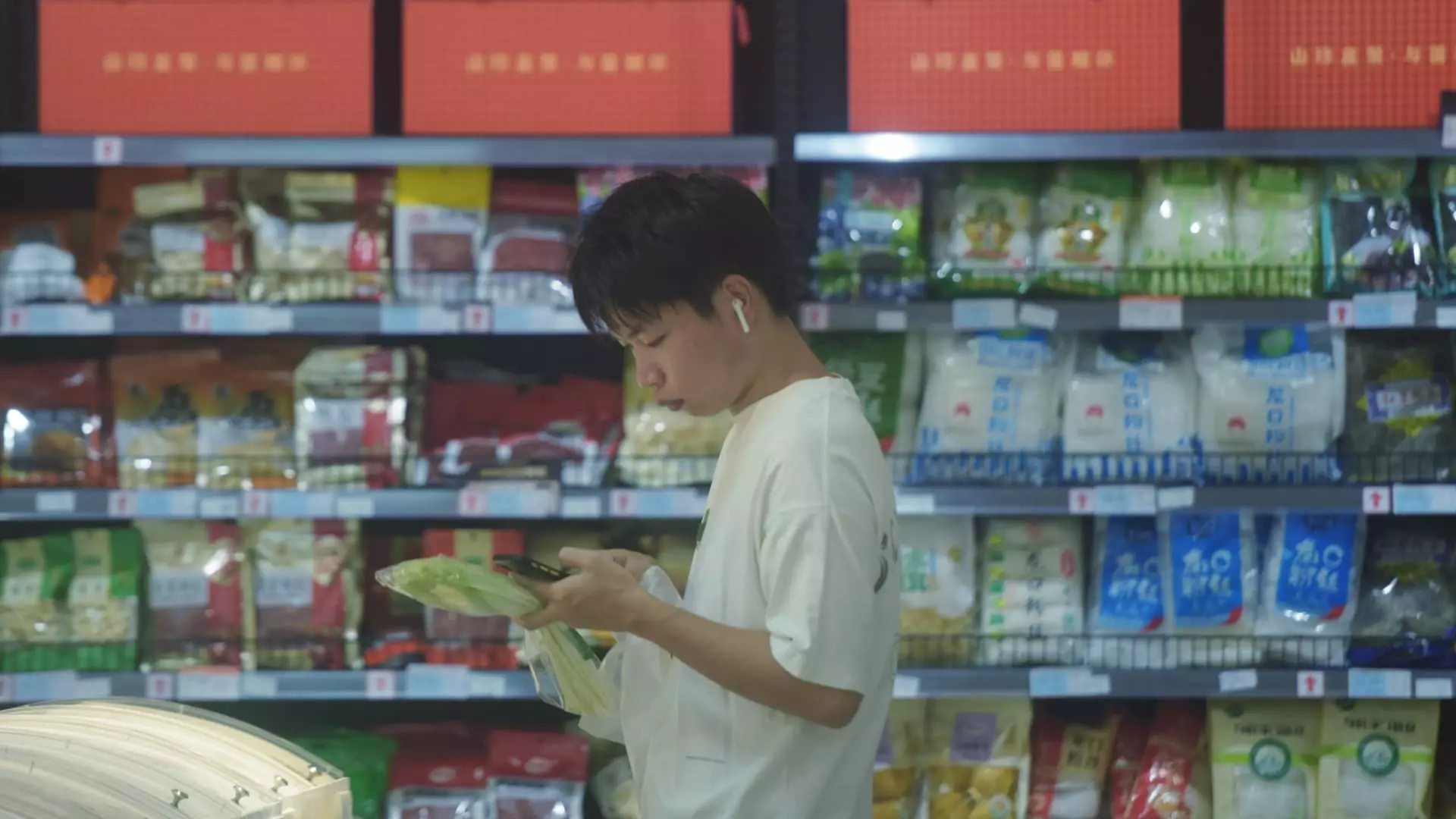China’s economic indicators for August have signaled a worrying slowdown in key areas, according to data released by the National Bureau of Statistics. Retail sales managed to rise by only 2.1% year-over-year, undershooting the projections set by economists who anticipated a growth rate of 2.5%. This left many analysts surprised, particularly given that July had already shown a modest increase of 2.7%. Such a decline in consumer spending raises questions about the overall confidence of the Chinese consumer, reflecting a shift in behavior post-Covid recovery.
Similarly, industrial production did not fare much better. The reported growth of 4.5% in August marked a decrease from the 5.1% expansion seen in July and fell short of the 4.8% forecast. This less-than-expected performance underscores a concerning trend: China’s manufacturing sector, which has been a pivotal driver of the economy, is facing headwinds that could hamper future growth.
Another area of concern is fixed asset investment, which rose 3.4% from January to August, again missing the slight growth prediction of 3.5%. The lagging investment rates are particularly alarming when dissected by segment, as infrastructure and manufacturing investments showed signs of stalling, highlighting the challenges in sustaining momentum in these critical areas.
Compounding these issues, the urban unemployment rate saw a slight increase to 5.3% in August, up from 5.2% the previous month. National Bureau of Statistics spokesperson Liu Aihua suggested that this is partly due to the influx of graduates entering the job market, but it raises larger questions about the sustainability of job creation in China’s current economic environment. The persistently high youth unemployment rate, recorded at 17.1%, reflects deeper societal issues needing urgent attention from policymakers.
Considering the external environment, the statistics bureau noted increasing adverse impacts stemming from global economic changes, suggesting that China is not immune to forces beyond its borders. This acknowledgment indicates that although China is striving for recovery, it faces multiple headwinds that could stall growth.
Despite these challenges, the response from Beijing has been measured, lacking any substantial economic stimulus measures. While imports have recorded a negligible growth of just 0.5%, exports did show a more favorable uptick of 8.7%. Nonetheless, this mixed performance hints at an imbalance in trade and an insufficient domestic demand to propel the economy forward.
Looking ahead, as the nation approaches the Mid-Autumn Festival, market analysts are keenly observing whether celebrations will spark an increase in consumer spending, or if the trend of cautious spending persists. With another public holiday looming, it remains to be seen if these periods can inject the required vigor into the faltering economy, or if policymakers will soon need to take more aggressive steps to stabilize growth. Overall, the data from August paints a picture of a challenging economic landscape that demands careful navigation by both consumers and government officials alike.

